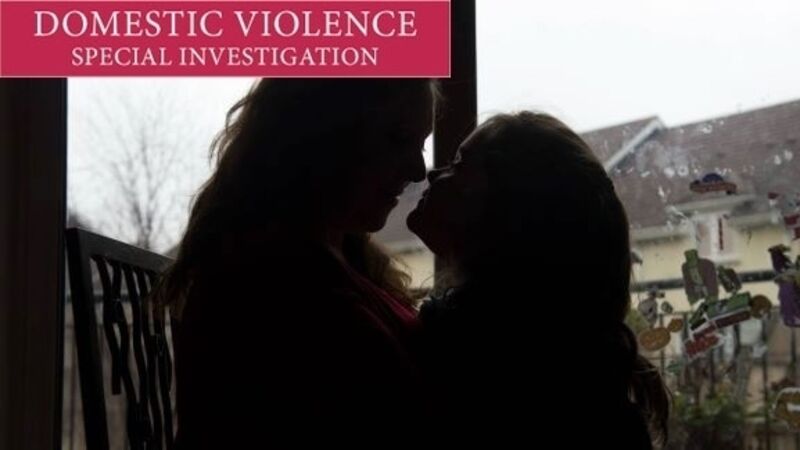Family Law must consider the long-term wellbeing of all the family

A safety order can be sought to prohibit her partner from acts or threats of violence and other intimidating behaviour while a barring order does the same but in addition prevents him from entering the family home.
A judge may grant one or the other but can grant neither without a full court hearing with the partner given a chance to oppose them, and the experience of domestic violence support services is that the most dangerous time for an abused woman is when her abuser finds out she’s planning to escape him.












